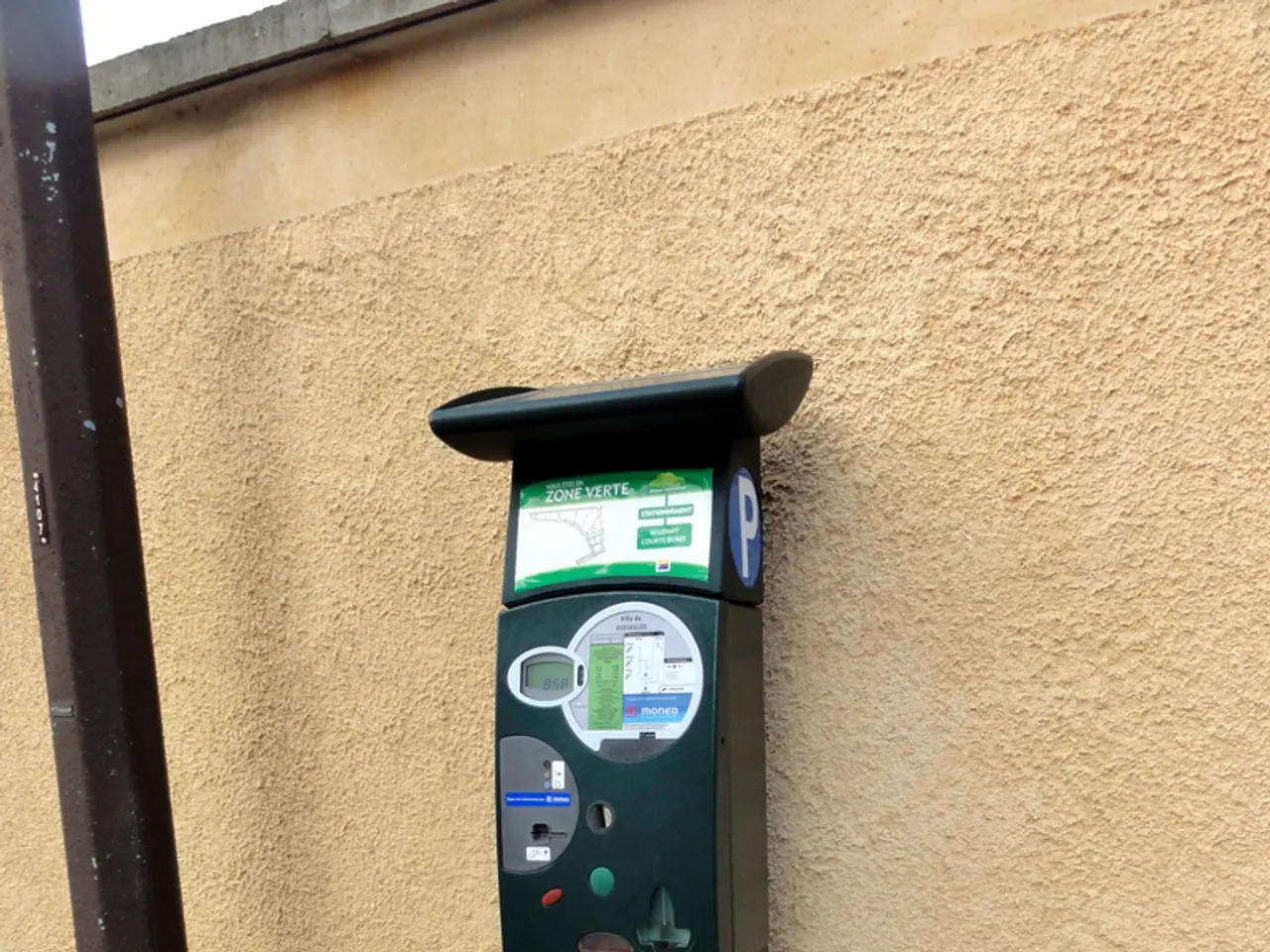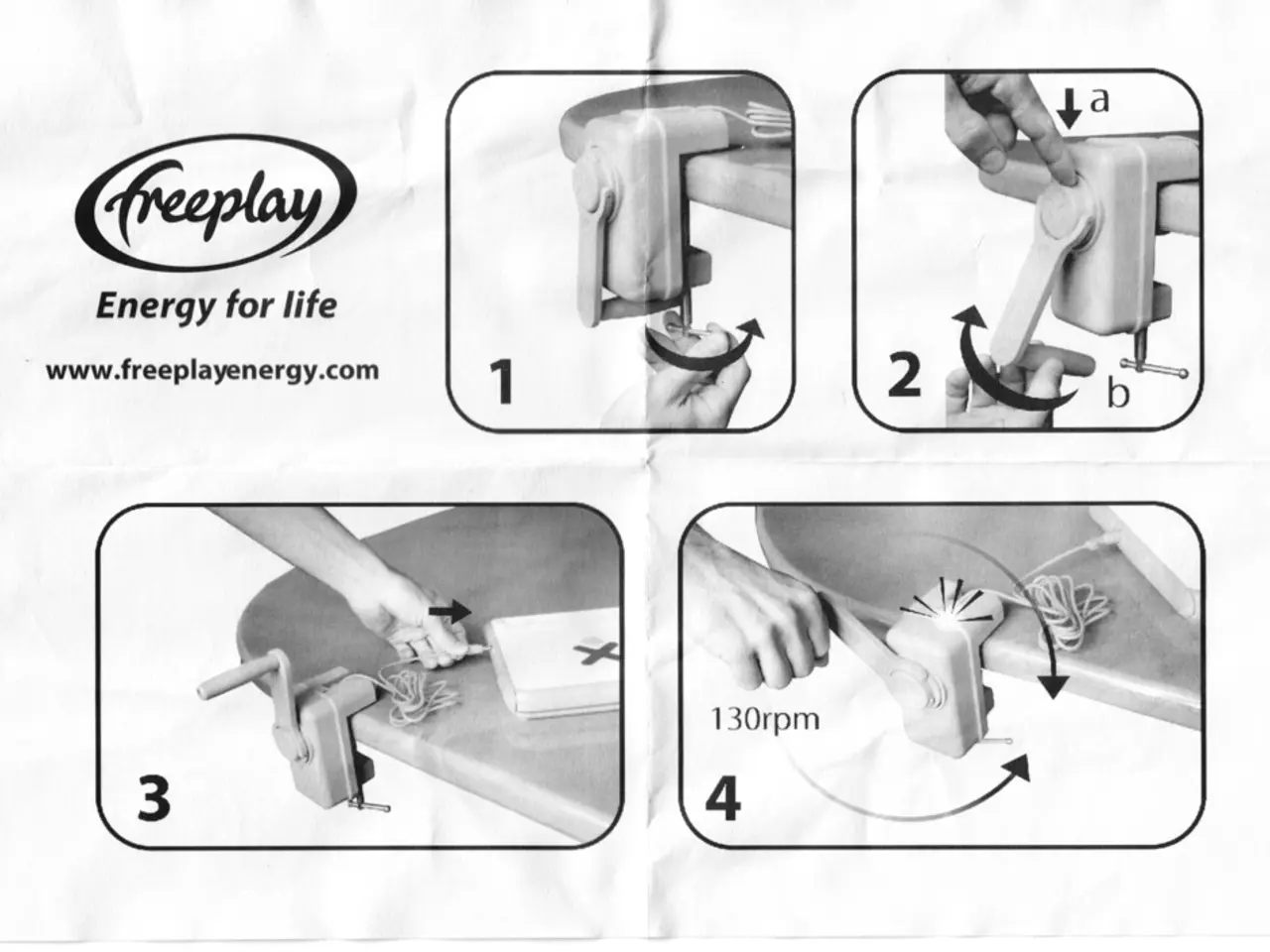Increase in Smart MTS Devices in Sverdlovsk Region Doubled by 1.5 Times
In the heart of Russia, the Sverdlovsk region has witnessed a significant surge in the use of Machine-to-Machine (M2M) devices, according to recent announcements made at the Innoprom-2025 exhibition.
The region, known for its industrial prowess, has seen a 168% overall increase in M2M device usage from 2023 to the first quarter of 2025. This growth began with a 140% increase from 2023 to 2024, followed by a further 28% increase from Q1 2024 to Q1 2025.
The financial sector in the Sverdlovsk region leads the way in M2M device usage, with a significantly higher number compared to Moscow and St. Petersburg. The transport and logistics industry, which has been leveraging the Internet of Things for many years, has also seen significant savings in material resources and human labour due to the increased use of M2M technologies.
The mining and processing of aluminum ores were the initial applications for M2M technologies in the region, but their use has since expanded to various sectors. The transport and logistics industry, for instance, now boasts a 18% year-on-year increase in the share of machine-to-machine interaction.
An increasing number of automotive enterprises in the region are also adopting 'smart sensors' to monitor fuel consumption, wear and tear of auto parts, and to timely perform vehicle maintenance and replenish auto parts inventory.
In addition, the use of M2M devices is on the rise in the transmission, technological connection, and sale of electricity. The number of 'smart' electricity meters, failure alarms, and energy loss sensors is increasing in both residential and industrial sectors, in cities and rural areas.
Wireless control systems, including intrusion, motion, leak, smoke, and gas sensors, are also becoming more prevalent. These systems are less prone to damage and malicious interference, making them ideal for various applications.
The growth in M2M device usage in the Sverdlovsk region is likely influenced by the region’s industrial diversification, digital infrastructure expansion, and increasing automation in manufacturing, logistics, and public services. Key industries driving M2M adoption could include manufacturing, transport, agriculture machinery, and utilities, sectors that are actively cooperating with partners like Belarus and China.
While specific data on M2M devices in Sverdlovsk may not be readily available, future data might be available from regional IT development plans or digital infrastructure projects supported by federal aid, especially related to data centers, which are critical for managing connected devices.
In distance trading, human involvement is reduced to filling the shopping cart and delivery, with price negotiation, stock verification, and monetary transactions handled by devices without human intervention. Smart devices such as ATMs, POS terminals, electricity meters, and security system sensors are the most active in data exchange in the Sverdlovsk region.
As the region continues to embrace digital transformation, the use of M2M devices is expected to grow further, revolutionising various industries and improving efficiency across the board.
- The financial sector in the Sverdlovsk region, known for its industrial prowess, leads in the use of Machine-to-Machine (M2M) devices, demonstrating a significant shift towards data-and-cloud-computing and technology.
- The surge in M2M device usage in the Sverdlovsk region has extended beyond the mining and processing of aluminum ores to include the energy sector, with an increasing number of 'smart' electricity meters witnessed in both residential and industrial sectors.
- In the rapidly evolving technological landscape of the Sverdlovsk region, the transport and logistics industry, driven by the Internet of Things, has experienced significant savings in material resources and human labor, while the automotive sector has adopted 'smart sensors' for fuel consumption monitoring and vehicle maintenance.




